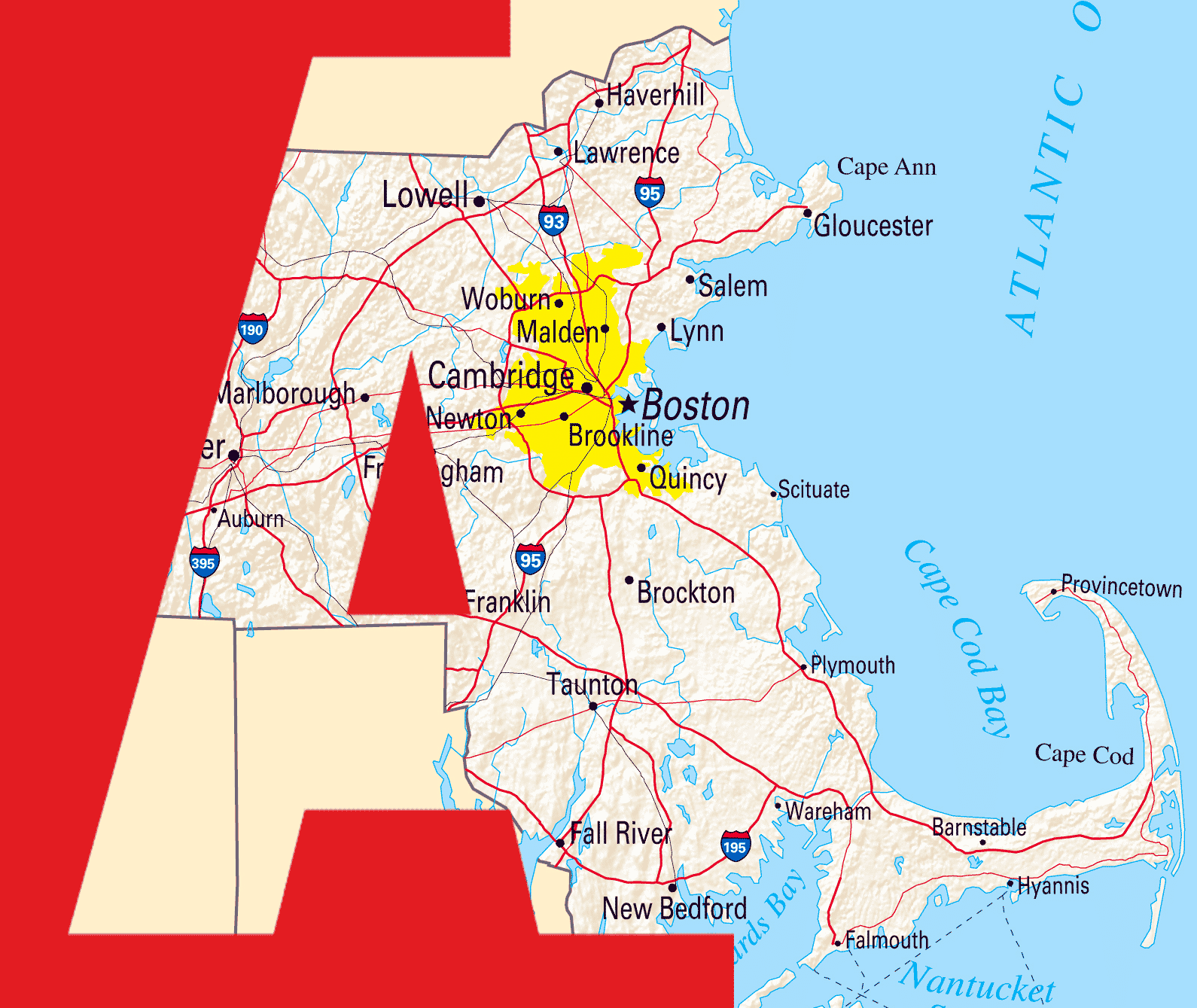Among the critical masonry restoration services we provide is the installation of vertical expansion joints. To allow expansion in the structures we restored, we cut vertical lines at the corners of the building to allow the bricks to expand or contract to avoid cracking.
 Expansion joints separate brick masonry into segments to prevent cracking caused by temperature change, moisture expansion, elastic deformation, settlement, or creep.
Expansion joints separate brick masonry into segments to prevent cracking caused by temperature change, moisture expansion, elastic deformation, settlement, or creep.
Long-term moisture expansion of the brick and thermal movement of the brick wythe can result in a size increase of approximately 1 inch for every 100 feet of wall length. This change is outward from the centerline of the wall section. Vertical expansion joints, including the sealant used to close the joints, must accommodate this movement.
The positioning and spacing of expansion joints in brickwork will vary from structure to structure, depending upon a variety of factors, including:
- Amount of anticipated movement
- Size of the expansion joint
- Compressibility of the expansion joint materials
- Restraint conditions
- Elastic deformation due to loads
- Shrinkage and creep of mortar
- Construction tolerance
- Wall orientation


